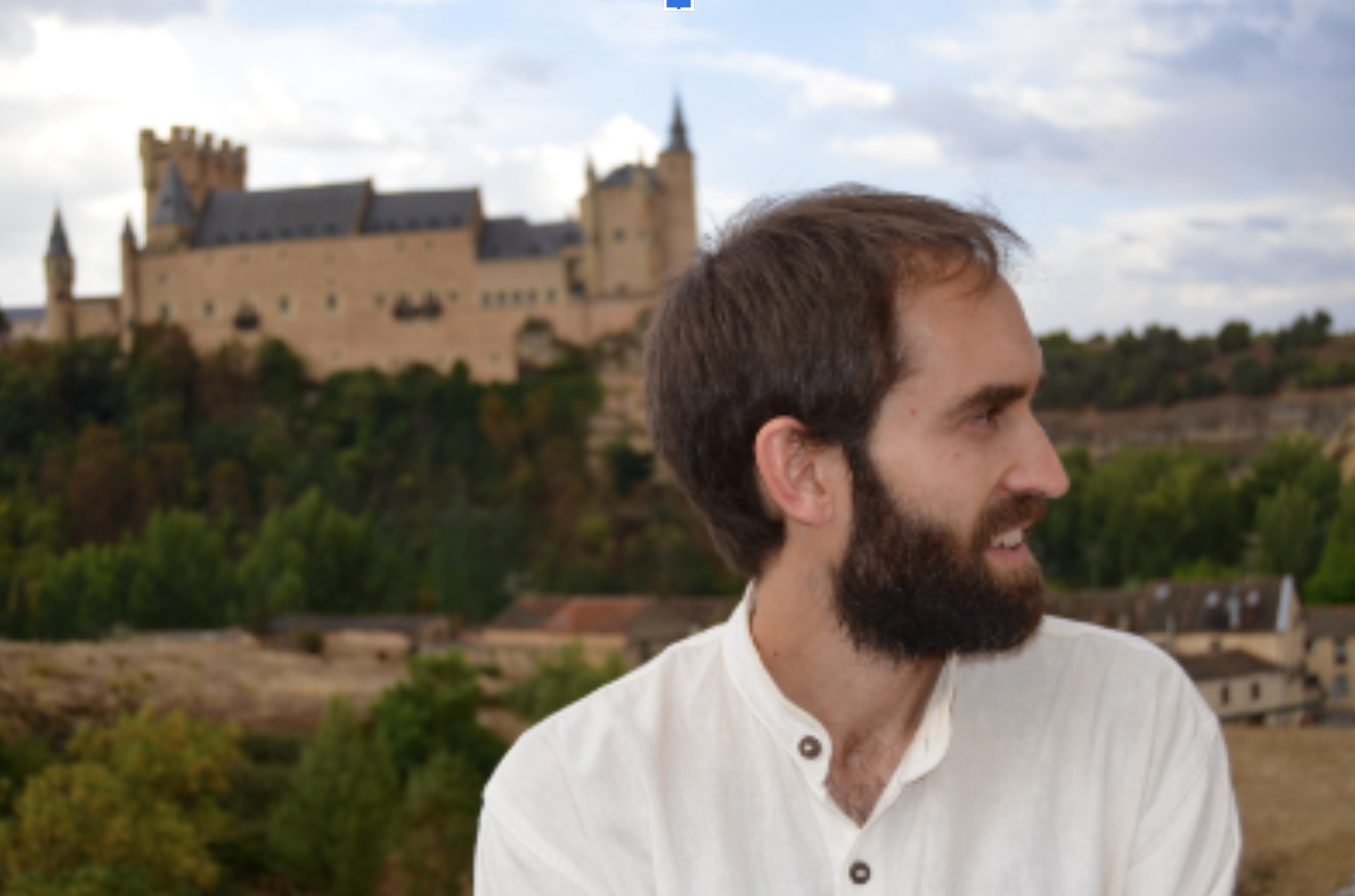The chosen chapter is located at the start of the work, at the time of the first settlers in the Iberian Peninsula, and recounts the foundation of Seville by Julius Caesar, and a subsequent event that happens to him in the city of Cádiz. The passage can be divided into three parts. In the first (EED, 7.1-2), Hercules, whose passage through the place where Seville would eventually be located is related in the previous chapter, erects six very large stone pillars, and, above them, a ‘marble slab’ with an inscription in large letters: ‘Here, the great city will be built’. Furthermore, on the monument he places a stone image with one hand open towards the east – in the palm is stated: ‘Hercules reached this point’. The other hand has a finger pointing to the letters on the marble slab. This section is probably based, at least in part, on a conjectural Arabic source known as *The Vulgate version of the pre-Islamic history of al-Andaluz.
In the second part (EED, 7.3-11), the story takes a dramatic and unusual leap forward in time and puts us at the dawn of the Roman Empire. Combining data from Lucan’s Farsalia, Jiménez de Rada’s De rebus Hispaniae, and the previous Arabic source, it describes the discord between Julius Casear and Pompey, the distribution between the two of them of the lands of East and West respectively, and the five-year term further to increase the dominion of the Romans. It is followed by the partial conquest of the Peninsula by Caesar (which only reaches the city of Lérida), the extension of the period he grants himself, and the final conquest of Spain. After this context setting, the Estoria takes up the question of Seville: Caesar disapproves of the location of Italica, finds the Herculean monument in another location, recomposes the letters of the slab (which had been scattered), and, according to the message, decides to rebuild the city in that place, naming it Hispalis. This was its previous name, when it was populated on wooden stakes near Cádiz.
Finally, in EED, 7.12-17, the Alfonsine historians narrate the episode of the Roman emperor in Cádiz, following Vincent de Beauvais’s Speculum historiale. Here they are actually following Suetonius, and not Lucan, as they declare they are. In this Cádiz episode, Caesar finds a statue of Alexander the Great who stimulates his ambition and dreamlike imagination, and the passage includes an Oedipal dream, and a premonitory interpretation of his astrologer. The chapter ends with the return of Caesar to Rome, and the announcement of his subsequent world domination.
In conclusion, this is an interesting passage from the Estoria de Espanna, in which the ‘historiographic art’ of the Alfonsine collaborators can be seen with a special clarity. When composing a complete and detailed account of a distant era, information from very diverse origins has been combined, and occasionally to this, were added details and deductions provided by the compilers of the Estoria themselves.
Biography
Between 2014 and 2016 Dr Enrique Jerez was one of the editors of the Estoria de Espanna Digital Project. For nine years (1997-2006) he worked in the Biblioteca Nacional in Spain as part of the Golden Age Research Project led by Pablo Jauralde. His role involved cataloguing Castilian poetry manuscripts dating from the 16th and 17th centuries. He has been involved in research into textual criticism and the history of the historiography studied by Diego Catalán, with whom he worked closely for five years in the preparation of the monograph Rodericus romanzado (FRMP, 2005). He also completed his PhD thesis under the direction of Professor Catalán, on the topic of the ideological motivations and composition techniques of one of the principal Alfonsine sources, the Chronicon mundi by Lucas de Tuy. These days, Dr Jerez’s interests have widened to the study of narrative symbolism in medieval literature, and in particular the frontier between Legend and History.

